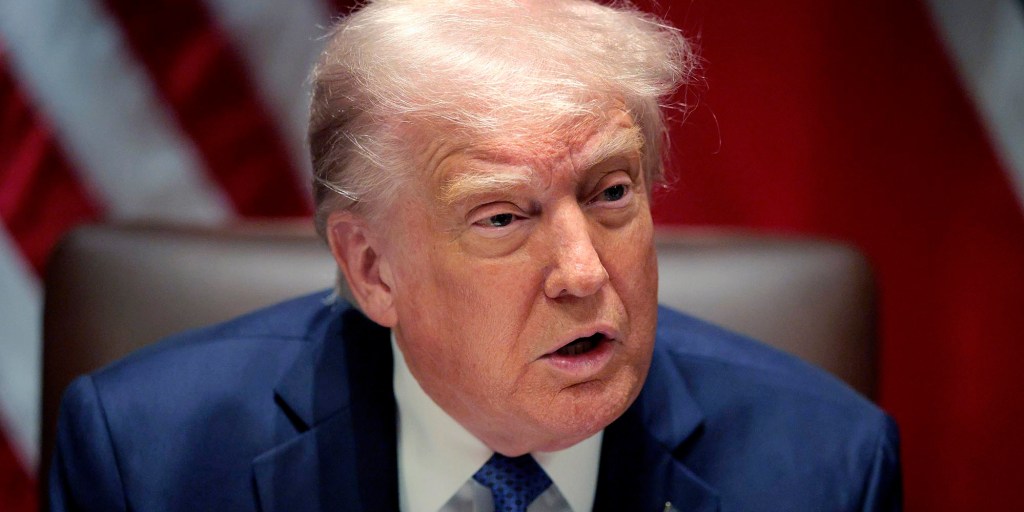Trade War Showdown: Trump Warns CEOs Against Hiking Prices in Tariff Crossfire

As economic tensions continue to simmer, the president's latest statements arrive at a critical moment when retailers are sounding the alarm about the potential consumer fallout from ongoing tariffs. Retail leaders have been increasingly vocal about the ripple effects these trade policies could have on everyday shoppers, warning that the additional costs could soon translate into higher prices on store shelves and online marketplaces.
The mounting concerns from the retail sector underscore the delicate balance between trade strategy and consumer affordability. With each tariff announcement, businesses are forced to reassess their pricing models and supply chain strategies, ultimately leaving consumers to bear the potential financial burden of these complex international trade negotiations.
As the debate intensifies, all eyes are now on how these economic policies will ultimately impact household budgets and the broader retail landscape in the coming months.
